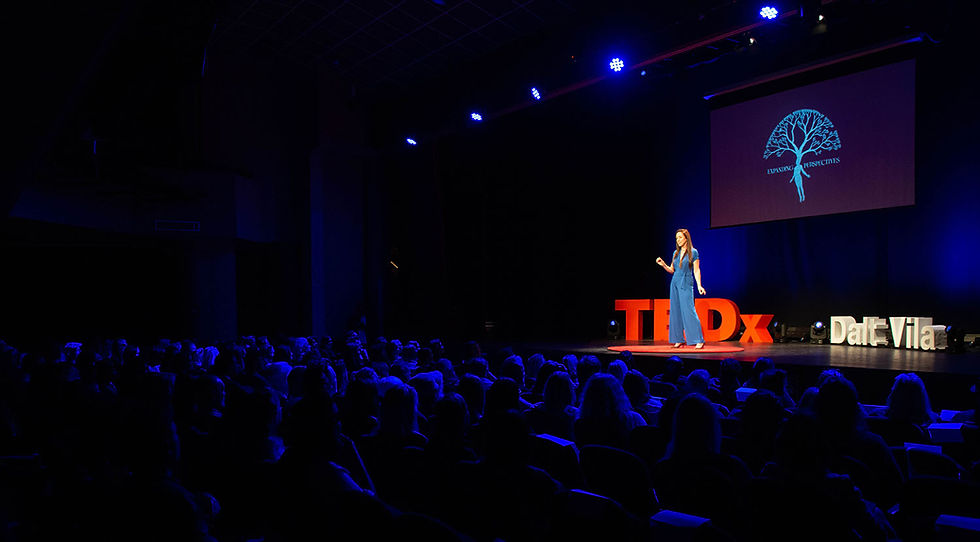"What Do You Call Yours?"
- Ruth Ramsay

- Jun 19, 2020
- 4 min read
Updated: Feb 16, 2023
Without language, it’s hard to be empowered. If there is a part of your body you don’t have a name for, or aren’t sure what to confidently call, what message does that give you about that part?

I asked my social media followers this week what names they learnt as children for ‘penis’ and ‘vagina’. A huge variety of names for female genitals were shared and mostly ‘willy’ for ‘penis’. A few respondents were shocked to recall they didn’t learn a word for female genitals at all.
As a child growing up in the 80s in the UK, I knew penis as ‘willy’ and vulva as ‘fanny’. As I grew up I discovered the former seemed known by everyone but ‘fanny’ wasn’t. To me, on the other hand, ‘twinkle’ was something stars did, a ‘fairy’ was a magical winged sprite, and ‘minkie’ sounded like a pet rabbit. ‘Cuckoo’, ‘lady-bits, ‘noonie’, ‘Mary’ and ‘bottom-at-the-front’ were among the names given by my social media followers.
Some shared names created specifically within their families. That’s endearing... but what happens when a little girl (or for that matter, boy) discovers other people call it different things?
Does this matter? In Sweden they decided it did and added a new word to the language: ‘snippa’, to go with the male ‘snoppa’ (which would translate as ‘willy’ in English) - these were then represented in carton form (see the image for this post) in sex education for children. The project began with Anna Kosztovics, a Malmö social worker who promoted the word back in 2000, after realising that if she ever had a daughter, she didn’t have a clear word to teach her to indicate her genitals. She felt this was a gender equality issue and set out to find a suitable word. When she suggested the name to schools in her area it was met with huge approval and spread rapidly - in 2006 it was added to the Swedish dictionary.
It is also a matter of child safety. Developmental psychologist Dona Matthews says: “When children feel awkward talking about certain body parts—if they giggle when someone mentions those parts, for example—they’re more likely to feel embarrassed about asking questions, and they’re less likely to tell you if someone is touching them inappropriately. Euphemisms usually reflect parents’ discomfort with talking openly about those body parts, and so kids learn there’s something naughty, wrong, or rude about talking about them.” Campaigners for child safety recommend that correct anatomical names are learnt first – that cute nicknames can then be added, but the foundation should be correct names as with any other part of the body.
Even as adults we may not be sure what to call our genitals. My husband recently reminded me that we had had a discussion early on in our relationship on what words we both liked, in reference to our genitals and my breasts. For me, ‘pussy’ is my word of choice. I can’t remember when I first heard the term, but in the worlds I have inhabited as an adult - as a striptease artist, erotica journalist, sex toy reviewer and model - it’s the common term of use.
Upon becoming an erotic empowerment coach I’ve found myself hesitant to use it for fear of offending a client if they found it too pornographic. Now it’s part of my intake questions - to ask new clients what terms they wish to use for male and female genitalia.
One may think, “just use the anatomical terms”. But here there is another issue - a YouGov survey in 2019 found that the majority of both men and women struggled to correctly label the four major parts of the female genitalia on a diagram (vagina, vulva, clitoris and urethra) and even if they did, incorrect terms were often used (such as ‘wee-hole’ and ‘lips’).
The Eve Appeal – a charity which campaigns for awareness and research into female genital cancers – surveyed young women in 2014 and reported: “It’s the language of gynaecological health that proved to be a major barrier to young women opening up about concerns around gynaecological cancers, with 65 percent saying they have a problem using the words vagina or vulva, and nearly 40 percent of 16-25 year olds resorting to using euphemisms like ‘lady parts’ or ‘women’s bits’ to discuss gynaecological health. Vulva is NOT a swear word and we must use the correct anatomical language.” The survey also found that just half of women aged 26-35 were able to label the vagina accurately, the outer genitals being correctly called the vulva, not the vagina.
Is there a man out there who is mis-naming his penis as his urethra?!
The lack of common terminology can create shame and embarrassment for both women and men and make us hesitant to talk about this part of our body, with dangerous results that last way beyond childhood. It also affects our ability to communicate about and enjoy healthy sex as adults.
If reading this has made you question your own knowledge, your homework from me as a coach – whatever age you are - is to load up an anatomy website and become informed. Then practise the words, out loud in front of a mirror.
It’s never too late to become verbally empowered!
Links:



